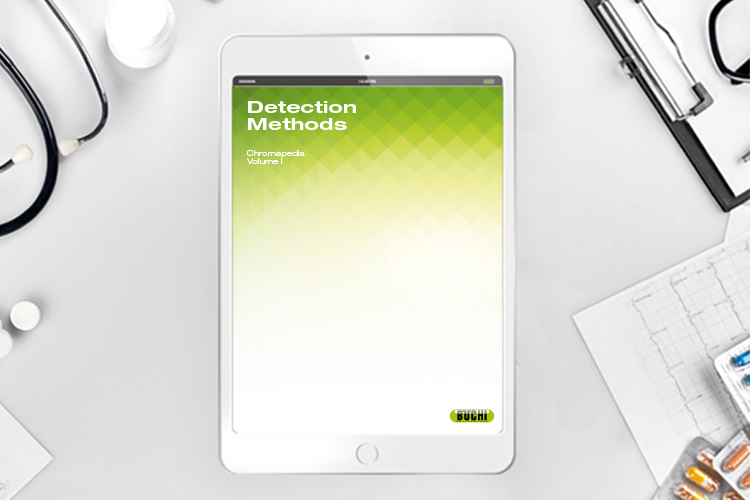Guide: Chromapedia Volume 1: Detection Methods
Posted: 29 January 2020 | BUCHI Laboratory Equipment | No comments yet
When performing chromatography separation, it is essential to determine the precise point when a substance is eluted from the column or cartridge to achieve optimal fractionation.
A chromatography detector is a device used to detect the presence of individual substances as they elute from the column or cartridge. The detector converts a change in effluent levels into an electric signal which is recorded by a data system.
In preparative liquid chromatography, the detectors used must accommodate high flow rates and high sample concentrations associated with the process. Various detector types exist for this purpose and each type of detector has its specific advantages and limitations. In the following, five commonly used detector types in liquid chromatography are discussed in more detail.
Related content from this organisation
- Application note: Methods in protein/peptide discovery and development
- Infographic: Top tips for drug discovery and development
- Guide: Chromapedia Volume 1: Detection Methods
- Scientific poster: Time for science – Don’t let your time evaporate
- Scientific poster: Common Laboratory Techniques in the Drug Discovery Workflow






